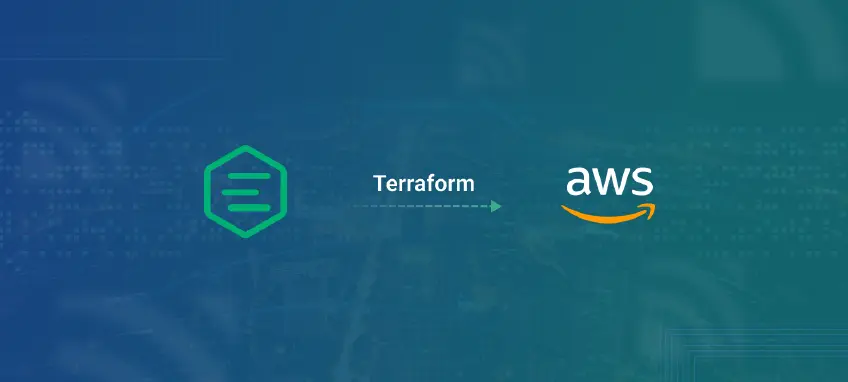 MQTT Performance Benchmark Testing: EMQX-Kafka Integration
MQTT Performance Benchmark Testing: EMQX-Kafka IntegrationIn this post, we provide the benchmarking result of Kafka integration - a single node EMQX processes and bridges 100,000 QoS1 messages per second to Kafka.
 MQTT Performance Benchmark Testing: EMQX-Kafka Integration
MQTT Performance Benchmark Testing: EMQX-Kafka IntegrationIn this post, we provide the benchmarking result of Kafka integration - a single node EMQX processes and bridges 100,000 QoS1 messages per second to Kafka.
 Embedded MQTT Message Storage Using RocksDB for EMQX Broker
Embedded MQTT Message Storage Using RocksDB for EMQX BrokerExplore how utilizing RocksDB for EMQX Broker enhances embedded MQTT message storage, offering improved performance in this technical blog post.
 Significant Enhancements in EMQX 5.1 MQTT Dashboard: A Breakthrough in UI/UX
Significant Enhancements in EMQX 5.1 MQTT Dashboard: A Breakthrough in UI/UXThe revamped UI/UX of the EMQX MQTT Dashboard brings forth improved visual aesthetics and content organization, making key data and metrics easily accessible.
 EMQX Enterprise 5.1.0: Production-Ready MQTT Over QUIC, MQTT Based File Transfer, and More
EMQX Enterprise 5.1.0: Production-Ready MQTT Over QUIC, MQTT Based File Transfer, and MoreExplore the amazing features of the newly-released EMQX Enterprise 5.1 MQTT platform and take your IoT solutions to the next level.
 Overcoming Address Change with MQTT over QUIC
Overcoming Address Change with MQTT over QUICIn this blog, we explored the client address migration feature in MQTT over QUIC and its benefits in handling address changes during active connections.
 Rebalancing MQTT Connections for a More Balanced EMQX Cluster on Kubernetes
Rebalancing MQTT Connections for a More Balanced EMQX Cluster on KubernetesIn this blog, we will introduce how to enable the MQTT connections rebalancing feature of EMQX on Kubernetes.
 Build MQTT Dashboard with EMQX, Grafana and Prometheus
Build MQTT Dashboard with EMQX, Grafana and PrometheusThis post introduces how to build an MQTT Dashboard to monitor EMQX 5.0 with Prometheus and use Grafana to visualize its data metrics.
 Google Cloud IoT Core is Shutting Down: How to Migrate
Google Cloud IoT Core is Shutting Down: How to MigrateGoogle Cloud Platform's IoT Core is a managed service for IoT device communications. The service is shutting down on August 16, 2023 - learn how to migrate.
 EMQX MQTT Broker Troubleshooting: Connection Issues
EMQX MQTT Broker Troubleshooting: Connection IssuesLearn how to analyze and optimize client connection failures, frequent disconnections, and upper-limit testing in this article.
 One-Click Deploying EMQX MQTT Broker on AWS Using Terraform
One-Click Deploying EMQX MQTT Broker on AWS Using TerraformThis post will guide you through setting up an AWS account, creating an IAM user, and using Terraform to deploy an EMQX MQTT Broker.
 One-Click Deploying EMQX MQTT Broker on Azure Using Terraform
One-Click Deploying EMQX MQTT Broker on Azure Using TerraformThis blog will guide you on setting up Azure project, creating service principal, and deploying EMQX MQTT Broker using Terraform.
 One-Click Deploying EMQX MQTT Broker on GCP Using Terraform
One-Click Deploying EMQX MQTT Broker on GCP Using TerraformThis blog will provide a step-by-step guide on how to set up a GCP project, create a service account, and write a Terraform configuration file to deploy EMQX MQTT Broker.